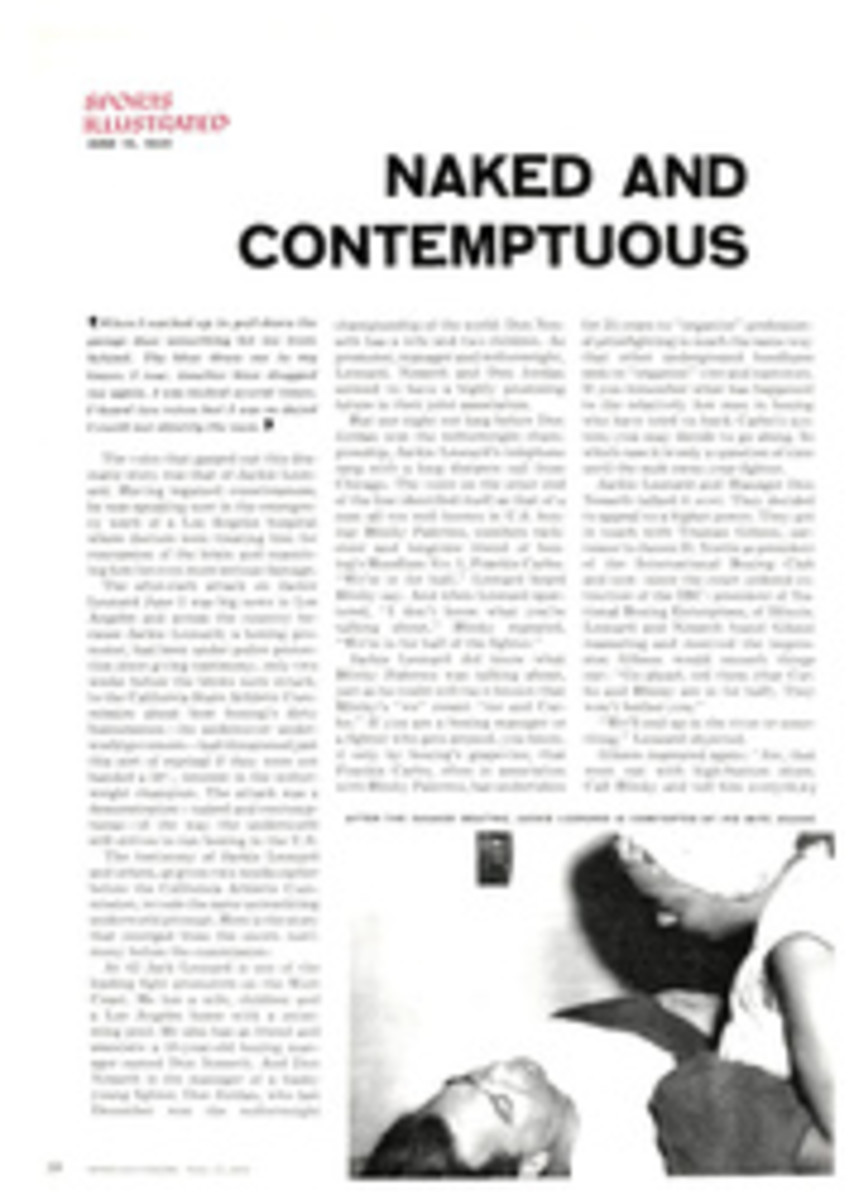
Coronet for the table
The lordly dish on the opposite page dates back to the Victorian era, when food was supposed to look as beautiful as it tasted. A pi√®ce montée of easy accomplishment, to be varied imaginatively with different fillings and garnishings, the crown roast of lamb is one of those special creations for the table that can be truly rewarding to the artist that lurks in every cook.
When I was very young and living on a cattle ranch near the Arizona border of California, we naturally killed and ate our own beef, but lamb was as great a rarity as could be imagined. It had to be ordered by letter from as far away as Los Angeles, and it arrived, expensively, as a whole carcass dexterously thrown off a passenger train by the expressman.
An orgy of lamb cuts followed, for this was the early 1900s, long before the era of modern refrigerators and freezer lockers. We started the lamb-eating cycle with the glorious crown roast. We proceeded, more or less happily, through roast legs of lamb; then, less enthusiastically, we ate boned shoulders, although these were frequently turned over to the pigtailed Chinese cook in the blue coolie suit who catered without skill for 40 cowhands in the bunkhouse. But no matter how much meat had been given to the bunkhouse we always ended up at home with something called minced lamb on toast, which my mother evidently considered the only made-over lamb dish in Fannie Farmer's bible that our turnover of cooks could produce. On these occasions my father was usually served an entire T-bone steak.
The crown roast, however, is a dish of happy early memory with which I have experimented pleasurably over the years. It is shown here filled with a green puree of peas, decorated with watercress leaves and garnished with cooked carrots.
CROWN ROAST OF LAMB (serves six)
Cookbooks say that two chops per person are enough to allow, but I prefer to allow about three. For six people buy two sides of lamb chops (the 10 best chops on each side, or a total of 20 chops). Have the butcher arrange them as in the picture, tying them in two places with string to form a circle. Let him tie a piece of suet over the bottom of the crown and fill up the hollow interior with the ground "tails" of the chops. A butcher is a creature of habit and he expects to follow these two procedures; they will keep him happy and the whole thing moist till it is cooked. However, before cooking remove the piece of suet and four-fifths of the ground meat (saving the hamburger of lamb for a meat loaf next day). Ground meat does not cook very satisfactorily inside the crown, and the suet, if left on, melts into a sea of grease. But the small amount of ground lamb retained as filling will help preserve both the flavor of the chops and the shape of the crown.
Place crown in a shallow roasting pan, covering the tops of the chop bones with a narrow strip of aluminum foil to prevent charring. Set in a preheated 375° oven for 1¼ hours for chops that are pink, basting the lamb bones frequently with the fat that melts off the chops. Before serving, throw your dog the little bit of ground meat that is cooked in the center and place the crown on a platter, garnishing quickly and mounding carefully with the hot filling that has been readied.
FILLINGS FOR CROWN ROAST
1. Purée of green peas
Boil 5 packages of frozen peas according to package directions, with a pinch of soda and, if desired, a sprig of mint. Drain and put through strainer of mechanical kitchen mixer, if you have one of these, to form a stiff purée. Toss with½ cup heated heavy cream, ‚⅛ pound of butter cut in bits, salt and white pepper to taste.
If the cooked peas are put through a sieve by hand, the purée will be thinner and should be stiffened by heating in a double boiler with 3 slightly beaten egg yolks, together with the same amounts of cream, butter and seasoning as given above.
2. Purée of acorn squash
Cook 4 packages of frozen mashed or "whipped" yellow squash in double boiler with butter, cream and seasoning as above, whisking to make it fluffy.
3. Purée of chestnuts
Unsweetened chestnut purée from France is available in cans, or boiled chestnuts may be prepared by any cookbook recipe and put through a ricer. In either case, figure on using about 4 cups of hot purée. Beat in a little heavy cream, salt if needed,¼ teaspoon of cayenne and a drop or so of brandy to complete the filling.
GARNISHES
The lower part of the chops can be decked with: 1) carrots cut to size desired after boiling whole or in lengthwise halves, or canned tiny carrots, 2) heated brandied apricots (these can be bought in jars) or 3) cooked fresh or frozen asparagus spears.
Watercress or mint leaves provide a finishing touch, either on the chops or around the edge of the platter.
PHOTO
LOUISE DAHL-WOLFE/SERVICE FROM TIFFANY

